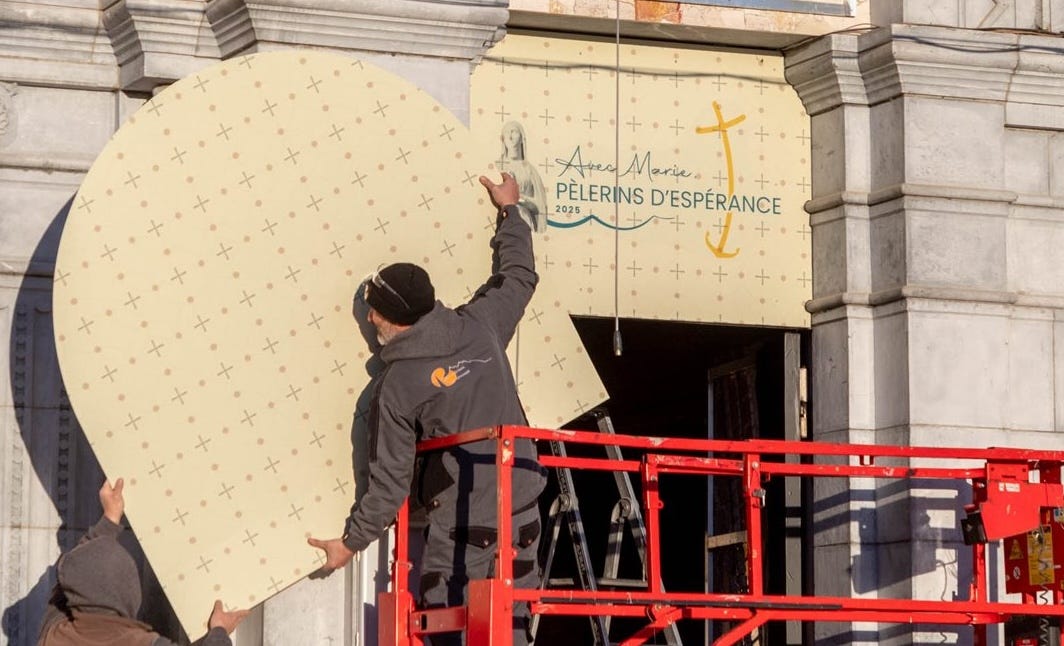On Pope Leo's Desk: Rupnik
How will the pontiff handle a notorious abuse case?
Pillar paid subscribers can listen to this analysis here: The Pillar TL;DR
Pope Francis may well be remembered as the pope who allowed Theodore McCarrick to be criminally tried and laicized in the Church.
But on the whole, the late pontiff’s record on handling clerical sexual abuse in the Church is not likely to be recorded as universally positively by Church historians.

Francis will likely be remembered as a pontiff who aimed to legislate through a problem of immense scope and scale in the Church, while proving unable to ensure that law were applied fairly, or refrain from placing his personal, and often intuitive judgements, over the mechanisms of the law.
Despite ushering in legal and structural changes, the former pope developed a reputation for rehabilitating, tolerating, and even refusing to acknowledge abuse or cover-up by prelates with whom he had a personal relationship — criticisms which have also dogged, with cause, his own immediate predecessors in the Petrine Office.
All of that likely means that in the annals of history, what Francis wrote and said about clerical sexual abuse will be measured against his own handling of the cases close to his orbit, and their impact on the decline of the rule of law in the Church’s life.
For Francis, the most prominent symbol of his reputation on abuse is Fr. Marko Rupnik, the expelled Jesuit and once-renowned artist, who has been accused of serially sexually abusing around 30 religious sisters, in vile ways, in the context of creating the enormous tile church mosaics for which he became famous.
Francis, who displayed Rupnik prints on the walls of his personal study until the end of his life, is accused of protecting Rupnik — of seeing to it that in 2022, the Vatican’s Dicastery for the Doctrine of the Faith declined to lift a canonical statute of limitation, which might have seen Rupnik tried for the abuse he is accused of perpetrating.
Further, it is often believed that Francis ought to have intervened when Rupnik was incardinated into a Slovenian diocese after he was dismissed from the Jesuits.
More to the point, critics say that Francis allowed Rupnik to continue traveling, being honored, being commissioned to do artwork, and to remain a member of Vatican dicasteries after his allegations of grave abuse were well-known. They also note that the Vatican’s dicastery for communications vigorously defended Rupnik, and frequently featured his art in Vatican web postings, owing mostly to the employment of a close Rupnik associate in a ranking dicastery position.
And some critics charge that auxiliary Roman Bishop Daniele Libanori, the first investigator into Rupnik, was effectively exiled from the diocese for his strong stance on Rupnik.
Under enormous public pressure, Francis did eventually lift a canonical statute of limitation in the case, allowing Rupnik to be canonically tried for allegations of abuse. But the trial has been slow-going, with judges not yet appointed more than 18 months after the case purportedly was cleared to open.
And around the world, victims of clerical sexual abuse and their advocates have charged that mosaics created by Rupnik, displayed in cathedrals, basilicas, and shrines around the world — and prominently in Rome — have become symbols of a Vatican either unwilling or unable to aid them, more concerned with clerical and institutional self-protection than with their welfare, or their holiness.
Enter Leo XIV.
